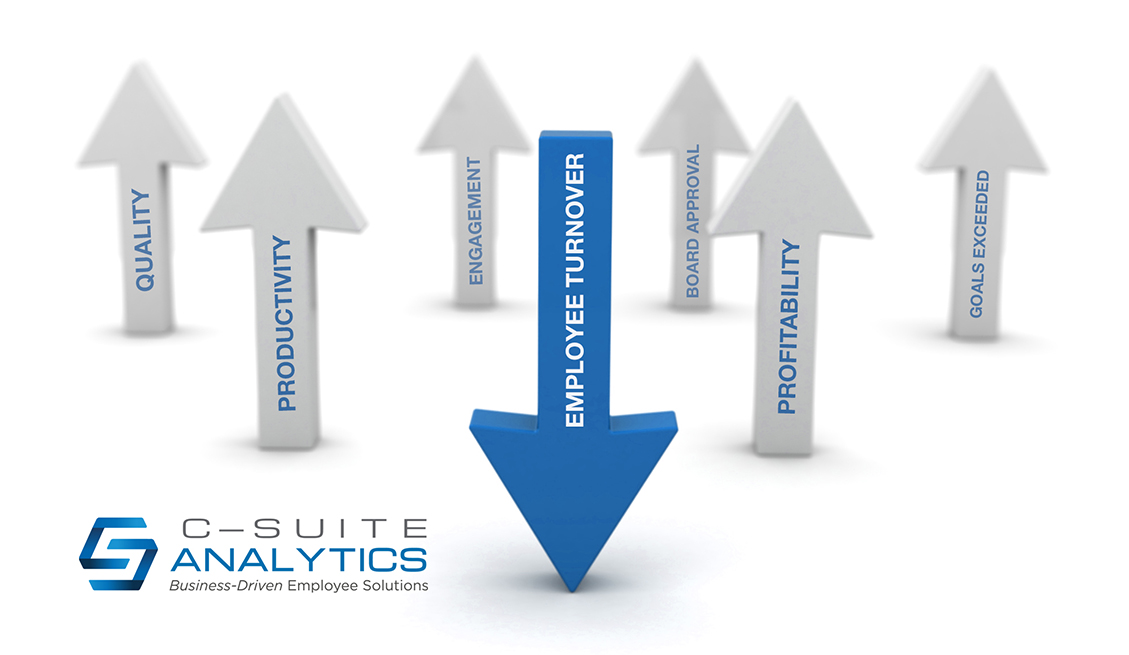I recently spoke at the Recruiting Trends Conference at Walt Disney World and was the…
The Link Between Biology and Employee Turnover

I was a strong high school student but faked my way through the sciences. While decades ago, my memory of walking into sophomore biology class is frighteningly clear, seeing a foreign-looking five-syllable, science-like word on the board, followed by its definition full of new four-syllable science-like words.
After flunking the first test and subsequently freaking out, I resorted to deep note-taking and memorization, moving way past trying to connect the dots to actually learn biology. Essay tests were my path to victory as I eventually matched his questions with a carefully-selected, memorized section of my notes. Final grade was “B”, amount of learning and lifetime application was zero.
Until yesterday. I was speaking with a hospital administrator from upstate New York about employee retention, and specifically how to retain nurses…and heard myself drift off into a metaphor about cellular biology. Our minds are just amazing things. How could this possibly happen?
The metaphor is simple…and trust me, it would have to be. That those who study employee retention research versus those who do the same common, worthless “solutions” understand that employee retention happens inside the supervisor-employee relationship. This is different than thinking employee retention happens outside of that relationship…which is the completely misguided assumption that causes organizations to flush so much money to hopefully stop employee turnover for zero return.
For example, William’s department has high employee turnover, and that turnover is consistently higher than in other departments managed by William’s peers. William complains that pay is too low and exit surveys indicate employees are leaving for “better opportunities”…so executives cough up a few bucks to raise some pay. Then annual employee engagement survey results say recognition is bad so William institutes a quarterly recognition luncheon for his top performers. Meanwhile, HR searches for ways to recognize employees with long service and announces 5-year employees will get a company-logoed backpack…and those who reach 10 years get a clock.
If this sounds exaggerated, it’s not. No one in our story so far has asked “What about William?” The hard fact about employee turnover…as well as employee engagement…is the top reason employees leave or slack off is they don’t trust their boss. The number of possible reasons for employee turnover or disengagement might be unlimited, but broken trust is the top one. And if William’s peer supervisors consistently retain more employees than he does, those exits are not due to pay or recognition.
This is where “cellular walls” popped from my mind and into my voice. I immediately pictured the manager-employee relationship wrapped in a part-liquid bubble, with connecting tissue to that employee’s everyday experiences with that supervisor, her peers, and her duties. Those duty images might include customers, reports, meetings, deadlines, equipment. In other words, I applied this biology-inspired metaphor to describe the constant, daily experiences employees face each day at work.
Who drives, who most influences life inside that bubble? The immediate manager. Yet organizations “solve” employee turnover and engagement by investing time, energy, and money into activities outside of that bubble. For proof, look up every new initiative your company did based on your last engagement survey results and you fill find a list of non-bubble, non-cellular stuff.
Employee engagement and employee retention happen inside the cellular wall of the manager-employee relationship and Stay Interviews are the key to building stronger walls.



